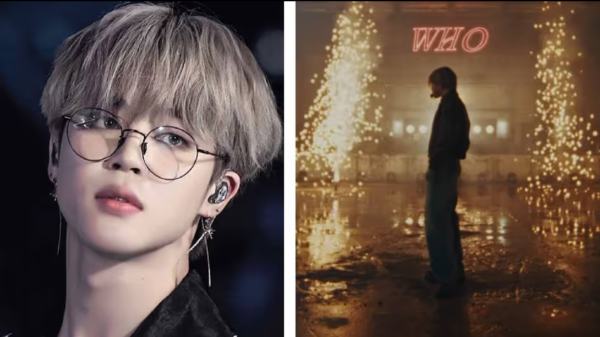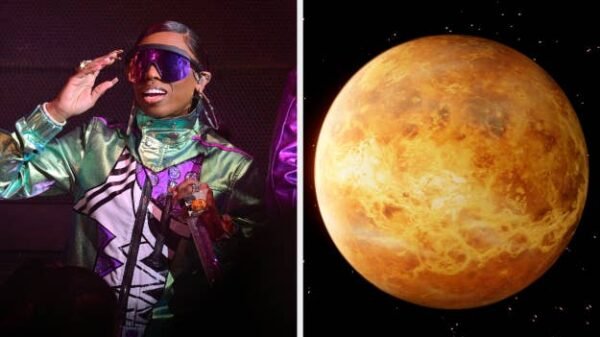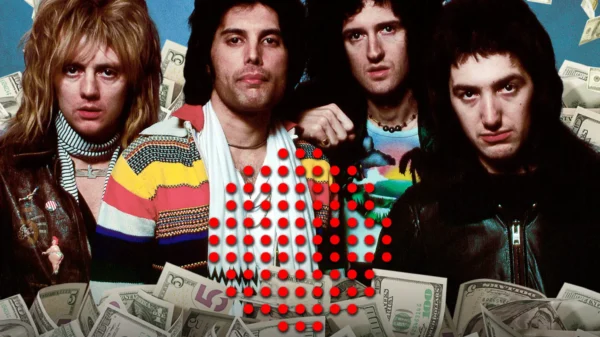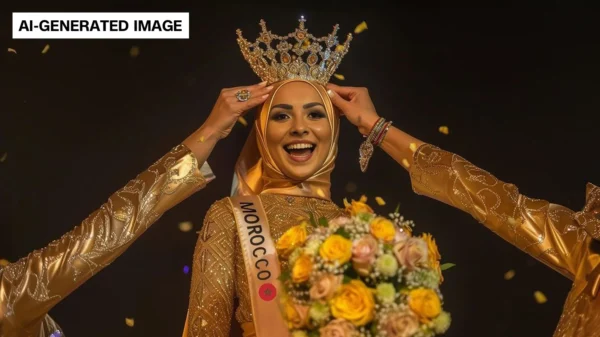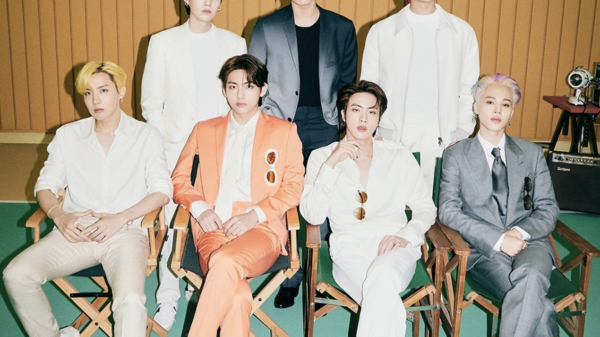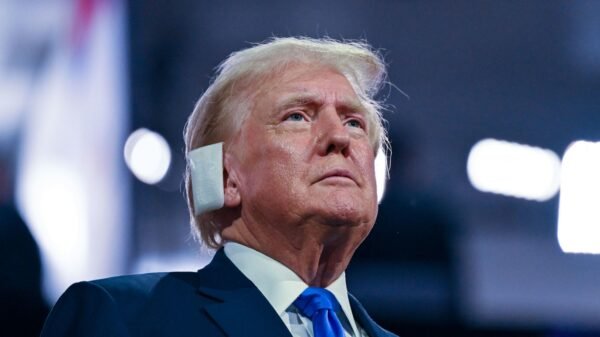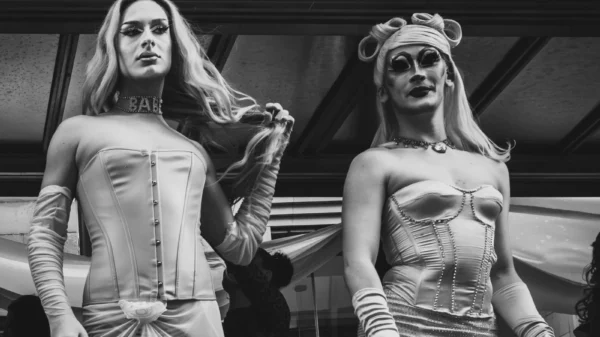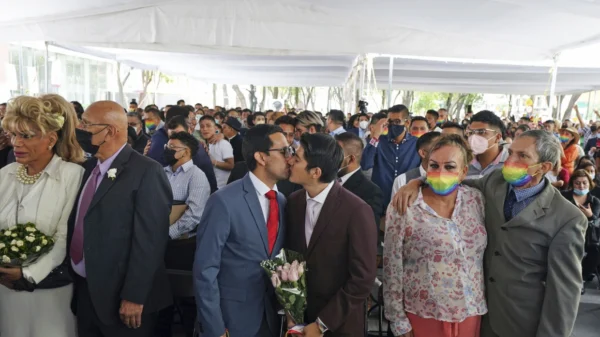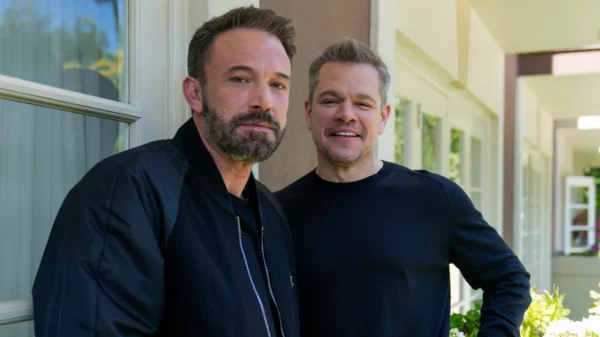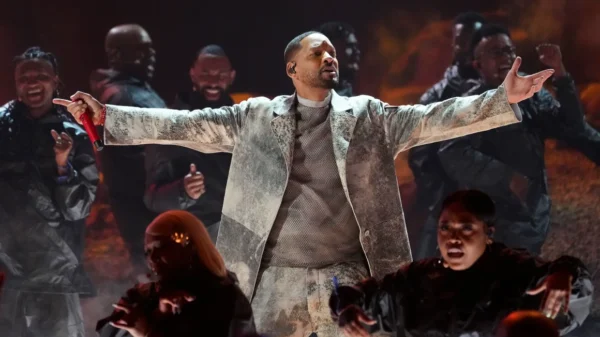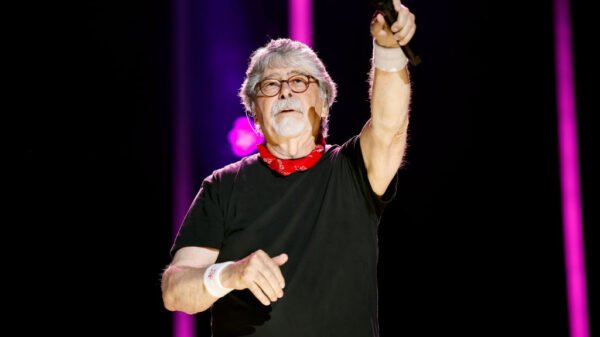Music has always been a reflection of the diverse cultures and communities that make up the fabric of American society. Over the years, American music has evolved and grown, absorbing influences from various cultures and creating a rich tapestry of sounds and styles. In this blog post, we will delve into the fascinating world of multicultural influences in contemporary American music.
The Melting Pot of Musical Traditions
America has long been known as a melting pot of cultures, and this diversity is evident in its music. From the African rhythms that laid the foundation for jazz and blues to the Latin beats that have infused modern pop and hip-hop, the multicultural influences in American music are vast and varied.
One of the earliest and most significant influences on American music was brought by African slaves. Their rich musical traditions, including call-and-response singing and complex rhythms, formed the basis for genres like blues, jazz, and gospel. These genres, in turn, influenced countless other styles, such as rock ‘n’ roll and R&B.
Another major influence on American music came from Latin America. The vibrant rhythms of salsa, merengue, and reggaeton have found their way into mainstream American pop and hip-hop, adding a new dimension to the musical landscape. Artists like Jennifer Lopez, Pitbull, and Cardi B have embraced their Latin roots and incorporated these influences into their music, creating a fusion of sounds that resonates with a wide audience.
The Rise of World Music
In recent years, there has been a growing interest in world music, which refers to traditional and contemporary music from various cultures around the globe. This interest has led to collaborations between American artists and musicians from different parts of the world, resulting in a beautiful blend of cultural influences.
For example, artists like Paul Simon and Peter Gabriel have explored African music and incorporated it into their work. Simon’s album “Graceland” featured South African musicians and introduced the world to the infectious rhythms of mbaqanga and isicathamiya. Similarly, Gabriel’s album “Passion” drew inspiration from Middle Eastern and North African music, creating a mesmerizing fusion of sounds.
Furthermore, the rise of the internet and streaming platforms has made it easier for artists to discover and explore music from different cultures. This has led to a greater appreciation for diverse musical traditions and an increased willingness to experiment and collaborate.
Celebrating Diversity in American Music
As America becomes more diverse, it is essential that its music reflects this diversity. Artists from marginalized communities are using their voices and platforms to tell their stories and bring attention to their cultures.
For example, artists like Beyoncé, Kendrick Lamar, and Janelle Monáe have been celebrated for their exploration of black culture and their ability to incorporate it into their music. They have used their art to address social issues and promote inclusivity, making a significant impact on the music industry and society as a whole.
Similarly, LGBTQ+ artists like Troye Sivan, Hayley Kiyoko, and Frank Ocean have been breaking barriers and challenging stereotypes through their music. Their openness about their identities and experiences has helped create a more inclusive and accepting environment in the music industry.
The Future of Multicultural Influences in American Music
As we look to the future, it is clear that multicultural influences will continue to shape American music. With globalization and increased connectivity, artists will have even more opportunities to explore and incorporate diverse sounds and styles into their work.
Furthermore, as society becomes more aware of the importance of representation and inclusivity, we can expect to see a greater emphasis on celebrating and amplifying voices from all backgrounds. This will lead to a richer and more diverse musical landscape that reflects the true spirit of America.
In conclusion, the growth of multicultural influences in American music is a testament to the power of diversity and the ability of music to transcend boundaries. From the African rhythms that birthed jazz and blues to the Latin beats that dominate the charts, American music continues to evolve and embrace new sounds and styles. As we celebrate this diversity, we must also strive to create an inclusive and equitable music industry that amplifies voices from all backgrounds.


